Just because you’ve written a policy and distributed it to your employees, doesn’t necessarily mean you can rely on that policy to support discipline or termination.
Broadly speaking, employment policies can be grouped into two categories. Policies in the first category are those intended to formalize the reasonable expectations the employer has for all its employees. Codes of conduct and respectful workplace policies, for example, would fall within this first category. Policies in the second category contain terms intended to be more fundamental to the employment relationship. Such policies might include those relating to severance, bonuses, stock options, or non-competition, for example.
Less is required to enforce Category 1 policies than Category 2 policies.
Category 1 Policies: Setting Workplace Standards
Courts have held that Category 1 policies, which set ethical, professional, and operational standards, constitute “an integral component of good corporate governance” and fall within management’s inherent right to manage the practical realities of the workplace (Poliquin v Devon Canada Corp; see also Smith v Vauxhall Co-Op Petroleum Limited). As such, Category 1 policies are often enforced even in cases where all the trappings of a true contract (i.e. offer, acceptance, consideration, and contractual intent) are not present.
Still, organizations should take care to follow some best practices to ensure that their Category 1 policies can be relied on when necessary.
Consider Asurion Canada Inc v Brown and Cormier, a case from the New Brunswick Court of Appeal involving employees terminated for receiving unsolicited pornographic content sent to their work emails by a common acquaintance. The employer argued that the terminations were justified because the conduct violated its acceptable use policies. The Court, however, disagreed. It found that the precise act of receiving unsolicited pornographic content was not something the policies had clearly and unambiguously proscribed. The Court concluded that termination had been a disproportionate response and upheld the trial judge’s award of over $30,000 to each employee as damages for wrongful dismissal.
In rendering its decision, the Court gave the following list of factors relevant to whether an employer’s policies will be enforceable:
- Whether the rule in question is reasonable and lawful.
- Whether the rule is consistent with the employee’s employment contract.
- Whether the rule is applicable to the employee.
- Whether the rule, including the consequences for a breach thereof, is known by the employee.
- Whether the rule is clear, unambiguous, and consistently enforced by the employer.
- Whether the employee’s breach of the rule is sufficiently serious to warrant the consequences imposed.
The lesson employers should draw from this case is to ensure compliance with the above list of factors when implementing codes of conduct and similar Category 1 policies. If you want to prohibit a specific type of behaviour, make sure you do so in a manner that is clear, reasonable, well-communicated, and consistently enforced.
Category 2 Policies: Fundamental Terms of Employment.
Unlike Category 1 policies, Category 2 policies contain fundamental terms of an individual’s employment and are subject to a different standard. For these policies to be enforceable, the employer must show all the elements necessary for a binding contract: namely, (1) a concluded agreement (i.e. offer and acceptance), (3) contractual intention, and (3) consideration (Rahemtulla v Vanfed Credit Union). Let’s consider each of these in turn.
First, having a concluded agreement simply requires that the terms be presented to and accepted by an employee. Note that an employee’s acknowledgment of an employer’s policy is different from an employee’s acceptance of and agreement to that policy. A mere acknowledgment will not normally suffice to create a binding contract.
Second, for contractual intention to exist, both parties must intend the agreement to have contractual force. Policies that are merely informational (e.g. informal memos) have been found not to satisfy this element.
Finally, Category 2 policies must be supported by consideration. This means that employers seeking to impose a policy establishing or modifying a fundamental term of employment must give something in return for their employees’ agreement in order for that policy to be enforceable.
A common situation where employers sometimes run into trouble is where employees are asked to sign significant documents after starting their employment. Terms and policies agreed to before an employee commences employment are generally supported by consideration, since the employee is gaining employment in exchange for his/her signature. But once employment commences, continued employment isn’t good enough. Something else that the employee does not already have must be provided.
This was the finding in Nowak v Biocomposites Inc, a recent decision from the BC Supreme Court where an employee signed an offer letter containing most of his employment terms at the outset of his employment. Several weeks later, after commencing employment, he was asked to sign a service agreement containing additional terms, including one purporting to limit his entitlement to severance. In the context of a wrongful dismissal claim brought later, the Court determined that the service agreement was unenforceable, since the employee had received no new consideration in exchange for his signature.
Employers should therefore make every effort to include all the significant terms in the initial offer of employment. If you later need to modify or add terms, ensure that the affected employees are given adequate consideration in exchange.
Thinking about introducing a new policy? Need to change the terms of your employees’ employment? Every situation is different and there are additional risks not covered on this site. Contact us today.


